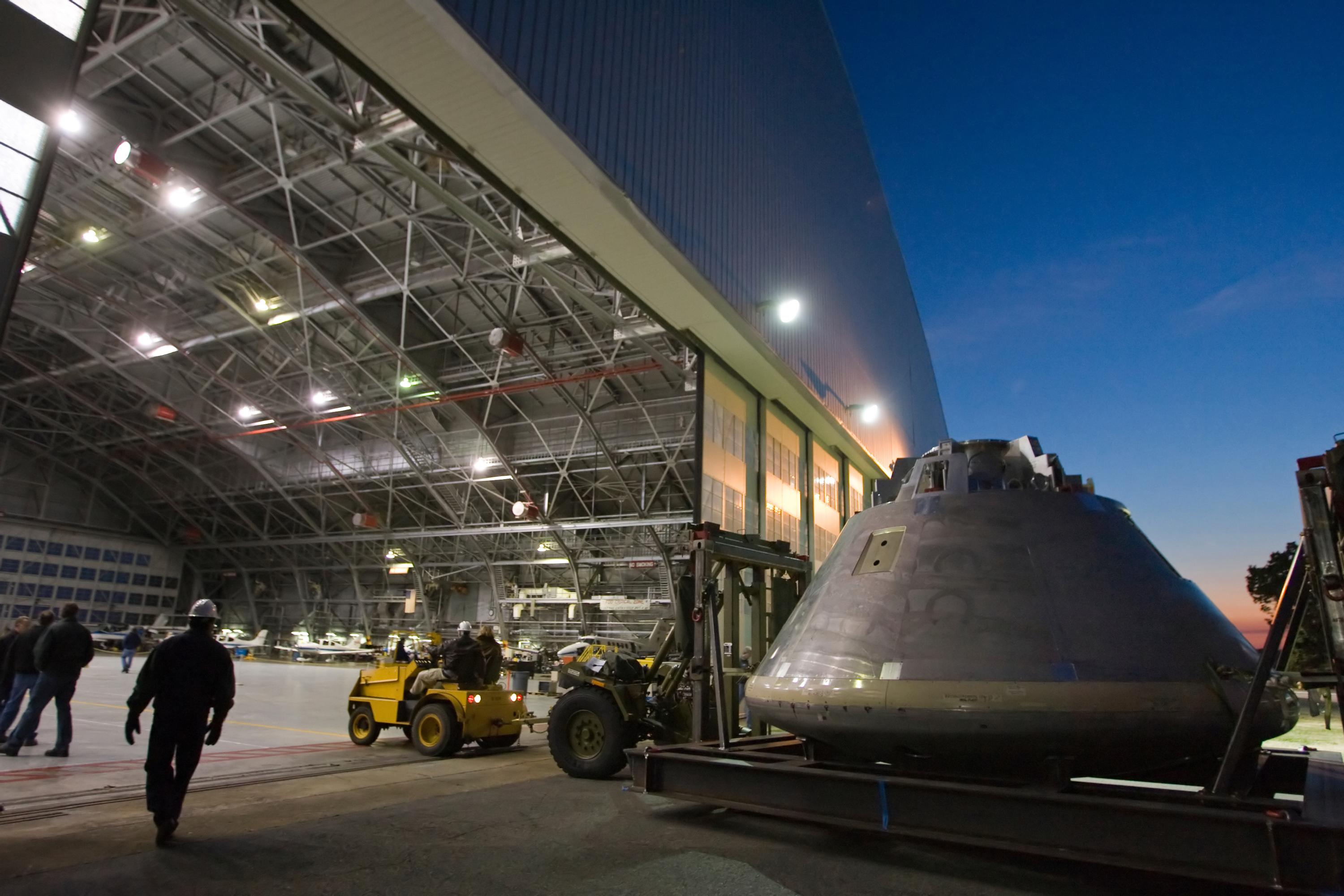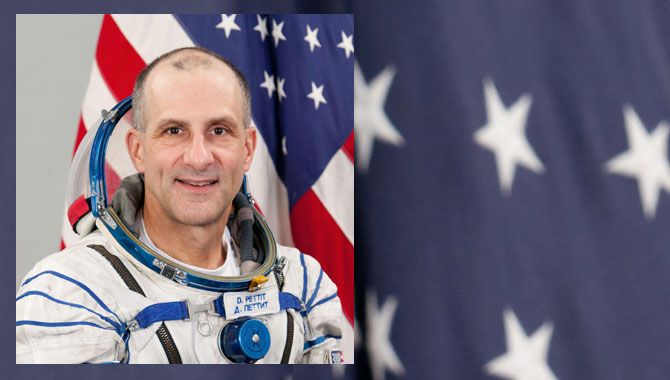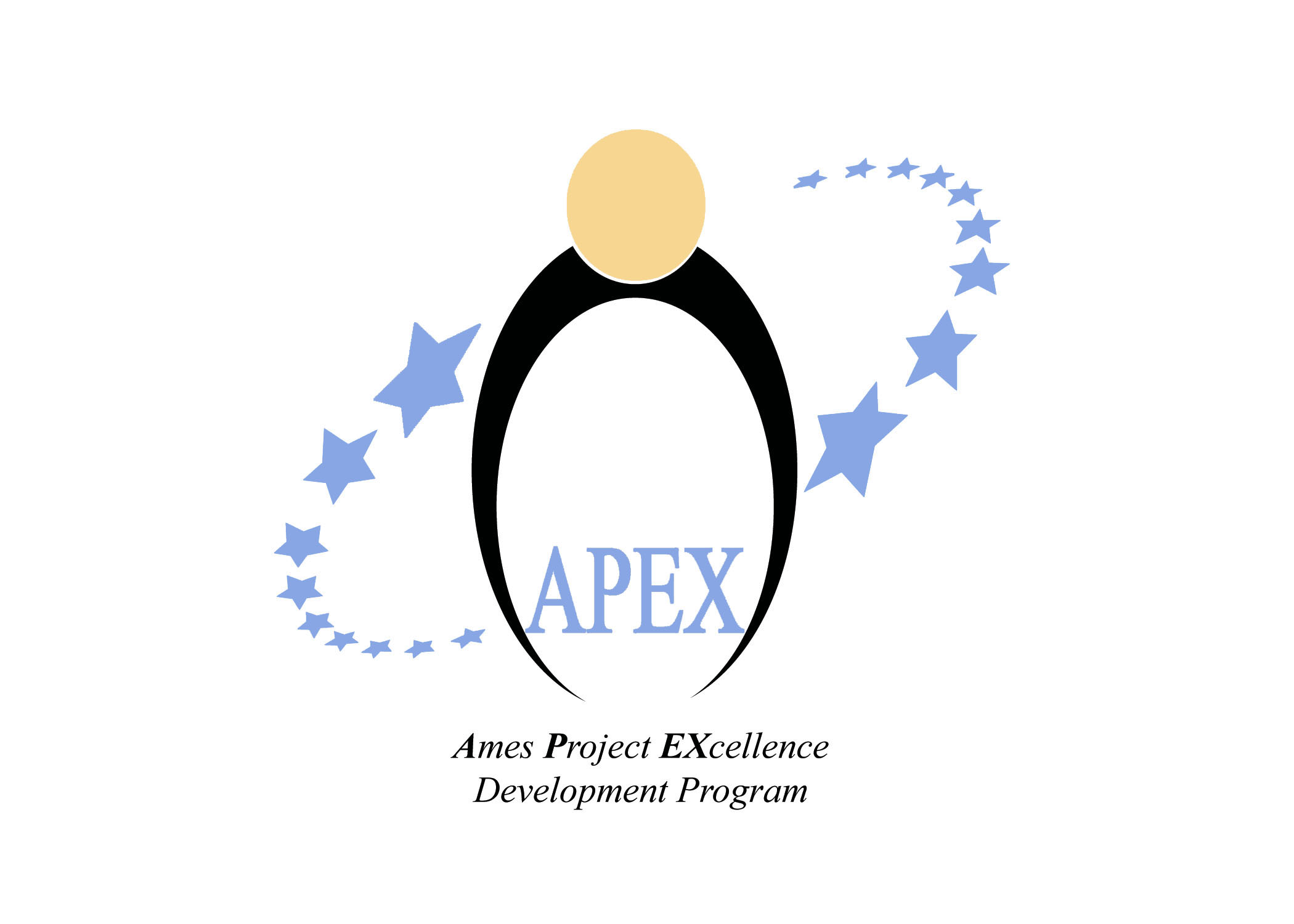By Adam Sachs and Kerry Ellis
When a 1981 tornado in Minnesota revolutionized the retail approach of Sound of Music, which later changed its name to the now very familiar Best Buy, those who founded the company never imagined that a series of hurricanes twenty years later would also help give it a cutting-edge lead in customer service and disaster planning. That original “Tornado Sale” introduced low prices in a “no-frills” environment that gave the company higher sales than the industry average and paved the way to a new business model. But before Best Buy could find the silver lining of these new storm clouds, it needed to survive them by planning for the destructive weather that plagued Florida during the summer of 2004.
Having corporate headquarters in the Midwest gave Best Buy little experience with hurricanes after it expanded nationally and opened stores in Florida in 1994. By then, Hurricane Andrew had already run its course in 1992, and Minnesota had seen few tornadoes since the early eighties. When Adam Sachs, regional merchandising manager for Best Buy at the time, was called into his supervisor’s office in August 2004 and asked to present a plan for preparation and recovery for a hurricane forecast to brush the Florida coast, he found little to support his efforts. Best Buy had disaster plans, but nothing detailed or specific enough to handle what might be headed its way.
Knowing he didn’t have all the answers to help the more than 38 stores and 5,000 employees that could be affected, Sachs reached out to those who could help find them: the facilities manager, the operations manager, and others with relevant expertise within the company. A week before the hurricane was forecast to hit their region, those involved scheduled conference calls twice daily to update needs and recommendations as well as seek resolutions and answers.
The group did well with what they considered “prework”— preparations for taking care of their employees and facilities. Their facilities manager had arranged for local contractors to be on call for roof repairs, water extraction, glass repair, electrical needs, and HVAC issues. Their operations manager had plans in place to help with payroll, store closings, and point-of-sale systems. District managers printed lists of all store employees and their phone numbers so they could track their safety and the well-being of their families. Sachs led the command center, facilitated the conference calls, coordinated plans to properly secure stores if and when evacuations were ordered, arranged guards to protect and secure the properties, and rescheduled with logistics partners for product deliveries.
When Hurricane Charley made landfall August 13, 2004, it took a few unexpected turns and cut through Orlando, which hadn’t been directly hit by a hurricane for more than forty years. The plans Sachs had helped pull together still worked, and Best Buy was able to locate all its employees, ensure their families were safe, and open most of its stores the next day. However, many area residents and customers were unprepared for the storm. Best Buy stores were able to help by providing batteries, power inverters, portable DVD players, flashlights, radios, and portable battery-operated televisions, but they did not anticipate requests for emergency supplies like gas generators and water. And power outages meant their normal sales equipment didn’t work.
Thanks to the creativity of Best Buy employees, the stores were able to jury-rig a solution by setting up tables outside and using runners. Customers could walk up to a table, ask if the store had a battery in stock, and those outside would radio an employee in the store to grab the battery. Most customers paid cash, but Best Buy did process credit cards they verified through cell phones. Though they were able to meet these immediate needs, Sachs and his planning team realized they had overlooked some aspects of taking care of their customers, and they set out to remedy this before another storm hit the area. Key to improving the customer experience was getting feedback from the customers themselves and from the employees who were working in the affected areas.
People often share their stories in times of crisis, so the information the managers and directors needed steadily poured in. During a call after the first storm, the leadership team freely communicated what their customers had said they needed. Taking this information to heart, Best Buy worked out a deal with Pepsi, their beverage vendor at the time, to bring in ample amounts of bottled water. “We hadn’t specialized in water,” said Sachs. “No one thinks, ‘I need water, I’ll go to Best Buy,’ but our customers were asking for it. So five to seven days before the next storm was supposed to roll through, we called Pepsi to get cases of water.” They also sought out gas generators and still carry them in their stores today. Every time they were able to communicate with their customers, they learned more.
Store leaders and employees also helped identify additional processes, partners, and even product needs that could help for future storms. Sachs and his team of experts took all the ideas and needs and wrote them out on a whiteboard in order to break them out by discipline and areas of responsibility. Then everyone took charge of their areas of responsibility and tried to find solutions. The first storm response was mainly about the company’s facilities and employees. “For the second, third, and fourth storms, we knew it had to be ‘and’—employees and families and customers,” said Sachs. As a result of these efforts, Best Buy created Web sites and provided BlackBerries to help with communication, expanded their mix of battery-operated products, improved facility maintenance, and built processes around asset recovery and insurance claims.
They also refined processes that were good in theory but proved difficult to execute. The list of store employees and their phone numbers is one example. “We realized that was a great idea,” said Sachs, “but we didn’t have a way to call some of those people because their phones didn’t work. Some of our store leaders drove out to find their employees, and it was much more tedious than we anticipated.” For the second storm, Best Buy set up voicemail in another market that would be unaffected by the hurricane and gave the number to its employees. “Instead of us calling them, we had them call us. The message would tell our employees when we planned to open and when they could come back to work. If their family had any needs, they could let us know at this number and we’d help them.” And it worked.
The company also looked to improve things it already did well. Though it carries batteries for radios, appliances, and toys, that stock usually numbers in the hundreds. During a power outage, company officials realized they could use thousands, so they called their battery vendors. “Energizer and Duracell partnered with us to get products our competitors didn’t have,” explained Sachs. “We were the first retailer to get a flashlight that took any kind of battery. We also started carrying crank flashlights.”
After the second hurricane hit less than a month later, several of the regional leaders drove to the hardest-hit stores and visited with the employees to thank them and hear their stories. “We were shocked to see how appreciative they were of our efforts and concerns over their well-being. They thanked us for the water, food, and ice,” said Sachs. From that day on, Best Buy added store visits to its standard operating procedure for disaster recovery. “After one of the storms, one of our managers hooked up a generator to his house and had twenty-two employees staying there. We didn’t realize the emotional impact it would have on our employees and their families. We knew some of these employees had no intention of working at Best Buy as a career, but their families would say our company would always be a part of their lives. We knew Best Buy was us. We knew we represented the brand. So it was very important to us, and it was life-changing.” They drove thousands of miles to accomplish this outreach, through Orlando, Punta Gorda, Miami, Pensacola, and several places in between.
By the end of the summer, three hurricanes had devastated Florida with the last, Hurricane Jeanne, making landfall twice. The storms hit in such quick succession that the regional leaders and employees had little time to do more than refine their disaster planning. Execution improved each time, and they enhanced a few elements of the process. For example, instead of writing down the voicemail number they created for the second storm and handing it out, they began printing up business cards with the emergency information.
After each storm, Best Buy would ask its employees and customers, “What do you need?” In response, they added more products. Between the second and third storms, the planning team realized their customers’ insurance adjusters wanted pictures. They knew disposable cameras and digital cameras were important for accomplishing this, so they increased their stock.
Many of the items they began to stock for these emergencies became a permanent part of their stores. Best Buy originally stocked power inverters, which allow you to use a regular plug in the cigarette lighter jack in your car, only in disaster-prone areas. “We soon realized there were other needs for this item,” said Sachs. “Do you need a hurricane to lose power? No. You can lose power anywhere for any reason for an extended time.” Power inverters are now in stock at all their stores. Gas generators are sold in all coastal and hurricane-area stores.
The plans Sachs and his team developed for one of Florida’s toughest summers are the foundation of Best Buy’s current disaster response procedures, and they were used when Katrina struck New Orleans one year later. Thanks to those plans, it took Best Buy only thirteen days to find every employee that worked in the New Orleans market.
Having seen the power of listening to its employees and customers, Best Buy now seeks to capture their thoughts and feedback about other elements of the business. To help unleash that power, Best Buy offers immense recognition for employee ideas. They distribute certificates, plaques, and trophies, and they invite contributing employees to leadership meetings to see how their ideas will be implemented. If an idea is accepted by the company everywhere, the employees are recognized nationally.
What Sachs took most from the experience was realizing that many voices can be better than one. “If you have a map, throw it out the window and unleash the power of the people who are involved,” he said. “They will know more than anybody else what their needs are. Take every one of their needs to heart, no matter whether you think they’re serious or not, to really value the unique ideas of the employees. At the end of the day, your plan will be better because of it. One little idea from an employee on the journey, which is continuous, enhances and morphs itself into something more than the original idea was or could hope to be. Unleash the power of the people; value their ideas and experiences.”










